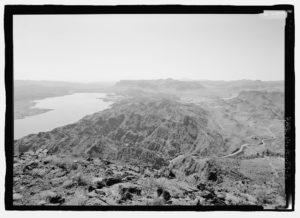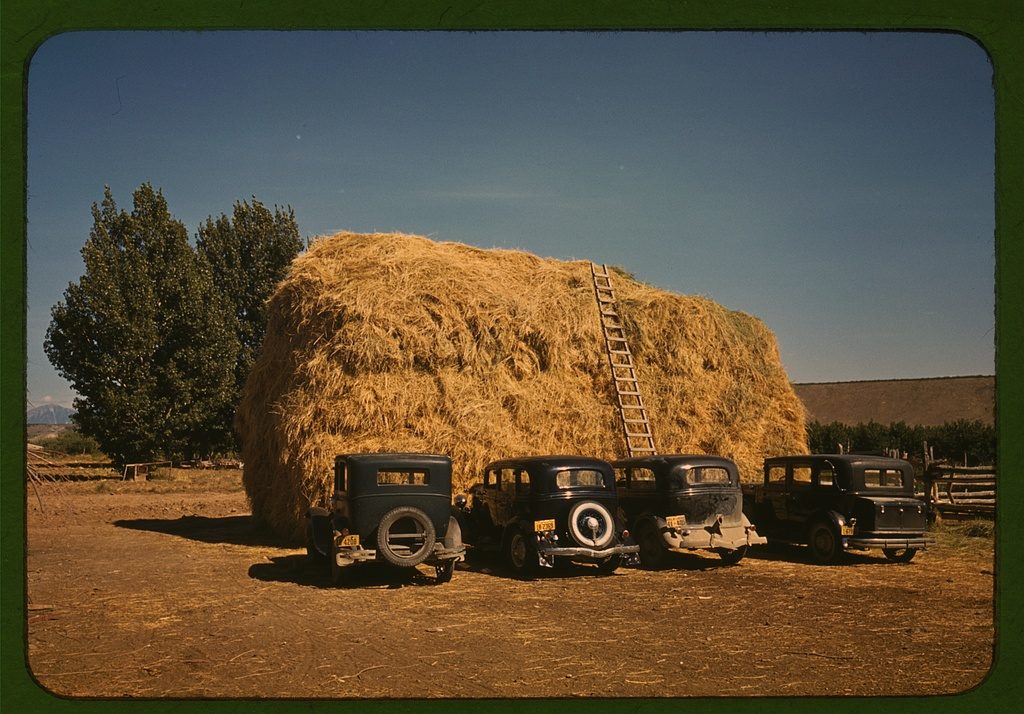A guest post from Water Nerd, originally posted in the comments here and lifted, with permission, into a post of its own. It’s a valuable contribution to the discussion of the current scrapping on the Colorado River.
********
One of the most interesting ideas you discuss in your book is the application of Elinor Ostrom’s economic theories to water management in the southwest. Her idea that there is an alternative to the government regulation versus private property/free markets approach to managing common pool resources is insightful and won her the Nobel Prize in economics. One of the advantages to her collective decision making model is that all parties are vested in the outcomes; because they were engaged in making the rules for management of the resource, they feel responsible for enforcement and for ensuring good outcomes. We have seen this model work well for southwestern rivers and groundwater basins. Perhaps you are right that the rules on the Colorado River are evolving from a rational self interest approach to a collaborative mutual benefit approach.
This bodes well for the health of the river and our ability to solve problems for the benefit of the over 40 million people who depend on the river.
However, one of the disadvantages to the collective decision making model is the “bully problem.” Often, there is an imbalance of power between the parties negotiating the rules. If this is the case, the rules can favor the bully or the party with more power. Perhaps the fracas on the Colorado River system is to some degree a result of this bully problem? Shortages on the lower Colorado River are not shared equitably as a percentage based on each state’s allocation. In fact, under the 2007 Guidelines, Arizona is facing a risk of losing 480,000 acre-feet of its 2.8 MAF entitlement, Nevada’s risk is 20,000 acre-feet of its .3 MAF entitlement, and California’s risk is zero acre-feet of its 4.4 MAF entitlement. Under the draft Drought Contingency Plan, the risk of loss increases to 720,000 acre-feet for Arizona, 30,000 acre-feet for Nevada, and 350,000 acre-feet for California.
What accounts for this imbalance in the sharing of the risks of shortage? What behaviors might you expect from rational actors in such a system? If you removed power dynamics from the equation and designed a system to manage water shortages on a variable system such as the Colorado River, you might design something more like the Upper Basin system – where shortages are shared based on a percentage of each state’s allocation. But the Law of the River is the law, and every state can point to wins and losses. We simply can’t revisit everything that was decided in the last century. Nevertheless, we should not be surprised when the entities or stakeholders who bare an exponentially greater risk of shortage act to prevent or mitigate the harm from that risk.
How much money should be spent on paying those with water rights not to use their water and who should pay for it? In many cases, taxpayers and water users in local jurisdictions are funding a portion of the annual compensated conservation to remedy water scarcity in each state. People would understandably be concerned if their money is being used to fund conservation that increases the likelihood of shortage (based on the mathematical formulas set forth in the Guidelines for determining releases from Lake Powell to Lake Mead) and triggers significant negative economic consequences in their region. For example, in Arizona, a farmer, a homebuilder or a homeowner might be asked to help pay for a tribe to leave its water in Lake Mead. This conservation in Lake Mead would benefit the river system overall, but it might result in less water being released from Lake Powell and therefore trigger a Tier 1 shortage, which would cut the farmer’s and the homebuilder’s water supply, and might put the homeowner out of a job. In fact, taxpayers and water users in Arizona might feel that their elected representatives are acting irresponsibly if their money is used to fund something that actually causes rather than prevents shortage in their region. And the cost of funding 480,000 acre-feet of conservation is much greater than the cost of funding 20,000 or zero; the impacts to the local economy are much greater when the risk is exponentially higher.
Furthermore, we must ask what is the problem that we are trying to solve? If we are trying to reduce the structural deficit (over-allocation of the Colorado River supply), the solution and strategy may look different than if we are trying to avoid triggering shortage at Lake Mead. The relative good of the strategy must be viewed in light of the articulated goal. When you consider the costs and quantities at risk, put a human face on the impacts of shortage, and take into account the goal of avoiding shortage at Lake Mead, Central Arizona Project’s desire for a more flexible approach to system conservation, that considers risks, costs, and variations in hydrology, sounds a lot more like wise water management than ‘manipulation of demands’ or ‘gaming the system.’ Couple that with the DCP like quantities (over 300,000 acre feet per year) of uncompensated conservation that CAP and its partners have been voluntarily leaving in Lake Mead each year to prevent shortage, and you might see entities that are putting forth real wet water for conservation instead of bad actors.
If there is one thing that is certain, it is that people will fight for their water. Perhaps if we could get away from pointing fingers and turning people or entities that we must work with for the common good into our enemies, we’ll be able to find collaborative, innovative solutions to the water scarcity and drought facing our region. Maybe we could approach water issues with more humility, worrying less about being right and more about listening to the real concerns of our fellow water users, focusing on problem solving and best outcomes. I hope that we do because the elephants in the room just seem to get bigger while we are running circles around the mice.



